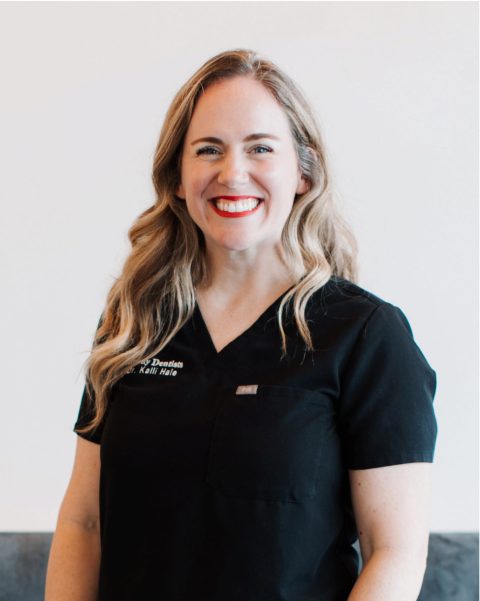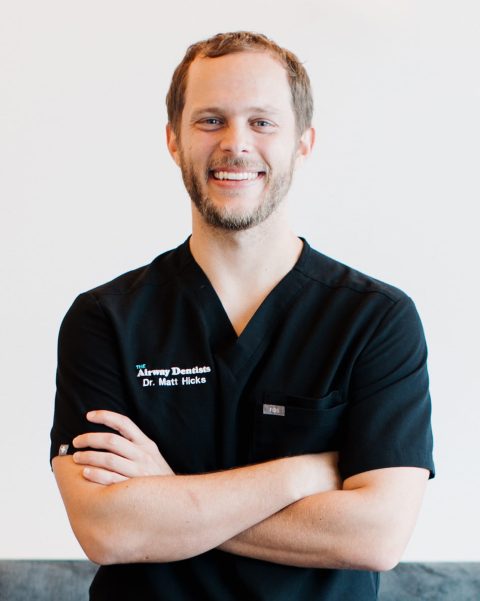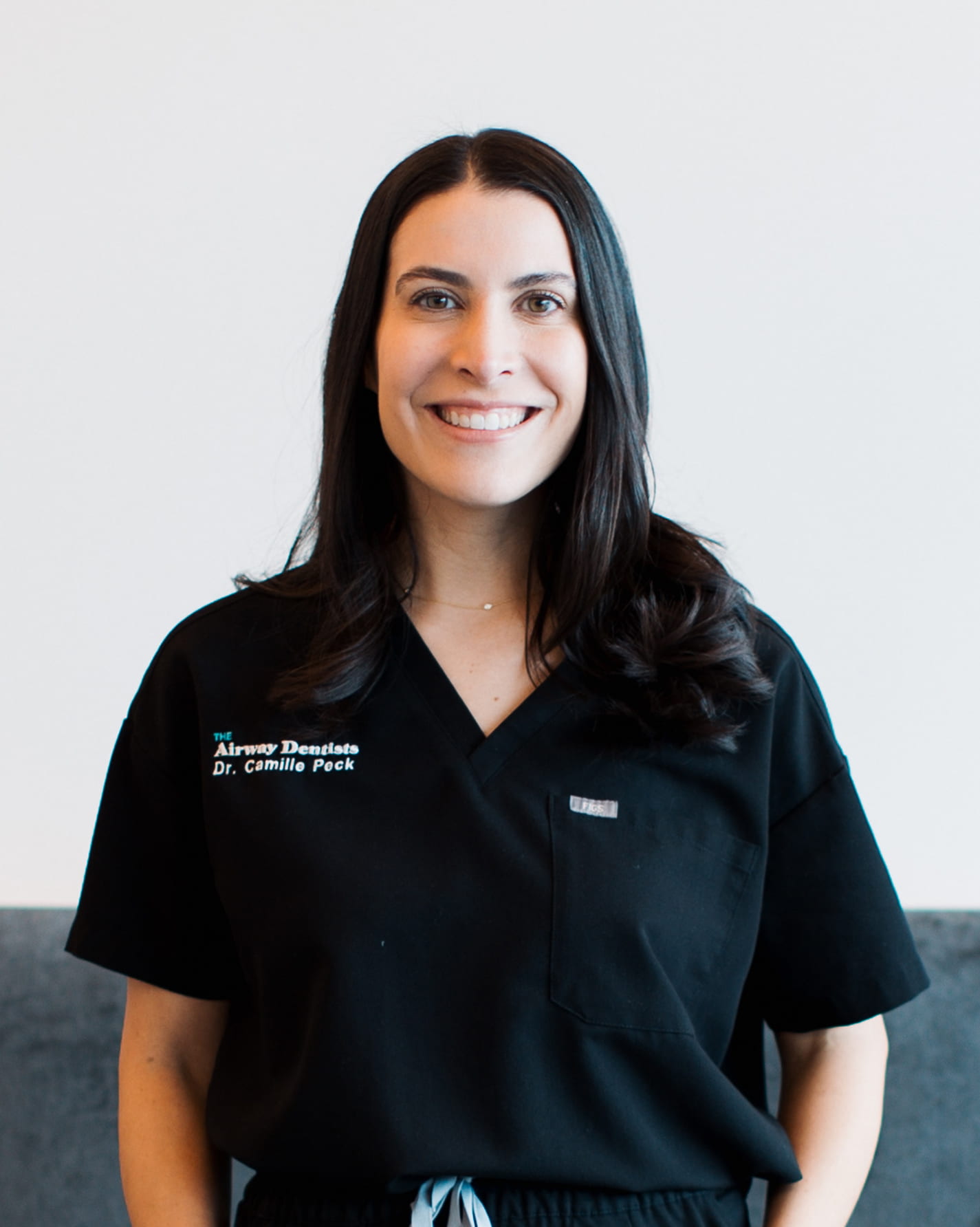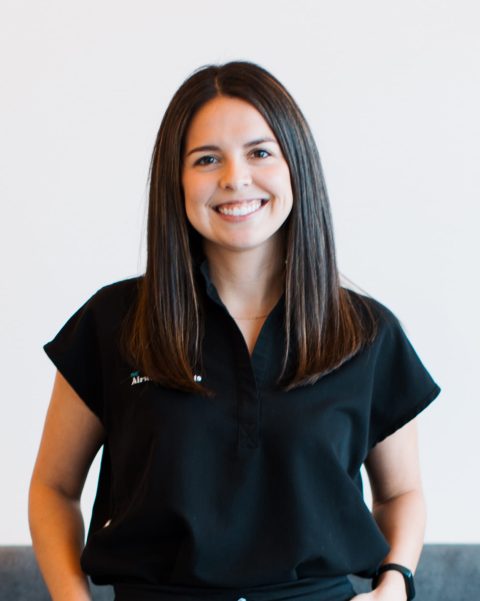Live life well-rested.
SLEEP APNEA IN SUGAR LAND AND FRIENDSWOOD
Break the cycle, upgrade your sleep.

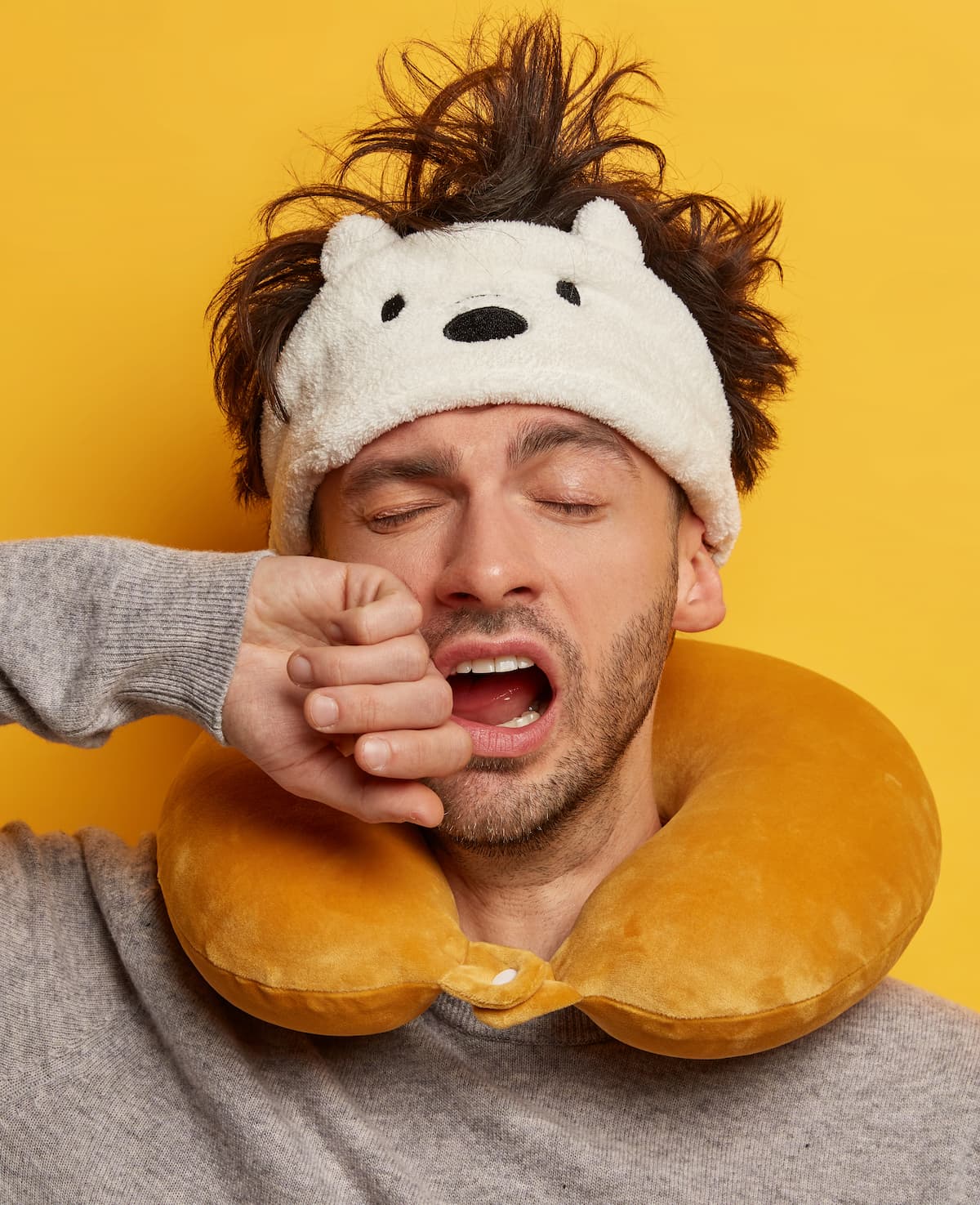
Have you been told you snore or gasp for air during sleep? Do you currently use a CPAP? Do you wake up feeling drowsy?
SYMPTOMS OF SLEEP-DISORDERED BREATHING IN ADULTS
Sleep-Disordered Breathing (SDB) often goes beyond snoring or restless nights—it can impact your energy, focus, and overall health. Within the spectrum of SDB, one of the most common conditions is Obstructive Sleep Apnea (OSA), which occurs when airflow is repeatedly blocked during sleep.
At The Airway Dentists, we go beyond symptom management by focusing on the root causes of OSA and other SDB conditions. Below, you’ll find a breakdown of common symptoms, underlying causes, and how these issues affect your breathing and sleep quality.
- Symptom
Daytime fatigue
- Root cause
An effect on your body from sleep apnea
- Why/How
Failure to enter REM sleep and waking up throughout the night due to sleep apnea
- Symptom
Teeth grinding (bruxism)
- Root cause
Your body’s defense mechanism to sleep apnea
- Why/How
Your body clearing soft tissue from your airway and waking itself up during an apneatic event
- Symptom
Cracked teeth
- Root cause
An effect on your body from sleep apnea
- Why/How
Trauma caused by teeth grinding
- Symptom
Restless leg
- Root cause
Your body’s defense mechanism to sleep apnea
- Why/How
Nervous system reaction to wake your body up during sleep apnea
- Symptom
Snoring
- Root cause
A blocked airway
- Why/How
Soft tissue and tongue collapse into your airway during sleep and inhaled air vibrates against this relaxed, floppy tissue
- Symptom
Mouth breathing
- Root cause
A blocked nasal airway
- Why/How
Your body’s defense mechanism to not taking in enough air through your nose (a la panting after a run) due to a constricted airway
- Symptom
Overeating
- Root cause
An effect on your body from sleep apnea
- Why/How
Ghrelin (hunger hormone) levels can rise and leptin (satisfaction hormone) can fall, leading to overeating, due to sleep deprivation
- Symptom
Insulin resistance
- Root cause
An effect on your body from sleep apnea
- Why/How
Reduced glucose metabolism due to sudden drop in blood oxygen due to apnea
- Symptom
Overeating
- Root cause
A blocked airway
- Why/How
The body’s defense mechanism to not taking in enough air through the nose (a la panting after a run) due to a constricted airway.
- Symptom
Hypertension
- Root cause
An effect on your body from sleep apnea
- Why/How
Sudden drop in blood oxygen during sleep apnea
- Symptom
Narrow upper palate
- Root cause
An insufficient or restrained physical development of your jaw
- Why/How
Impairs natural resting place for your tongue while sleeping, which leads your tongue to collapse into airway
- Symptom
Obesity
- Root cause
An effect on your body from sleep apnea
- Why/How
Metabolic dysregulation due to sleep apnea
- Symptom
Reduced glucose metabolism
- Root cause
An effect on your body from sleep apnea
- Why/How
Increased cortisol levels and subsequently increased insulin levels due to sleep apnea
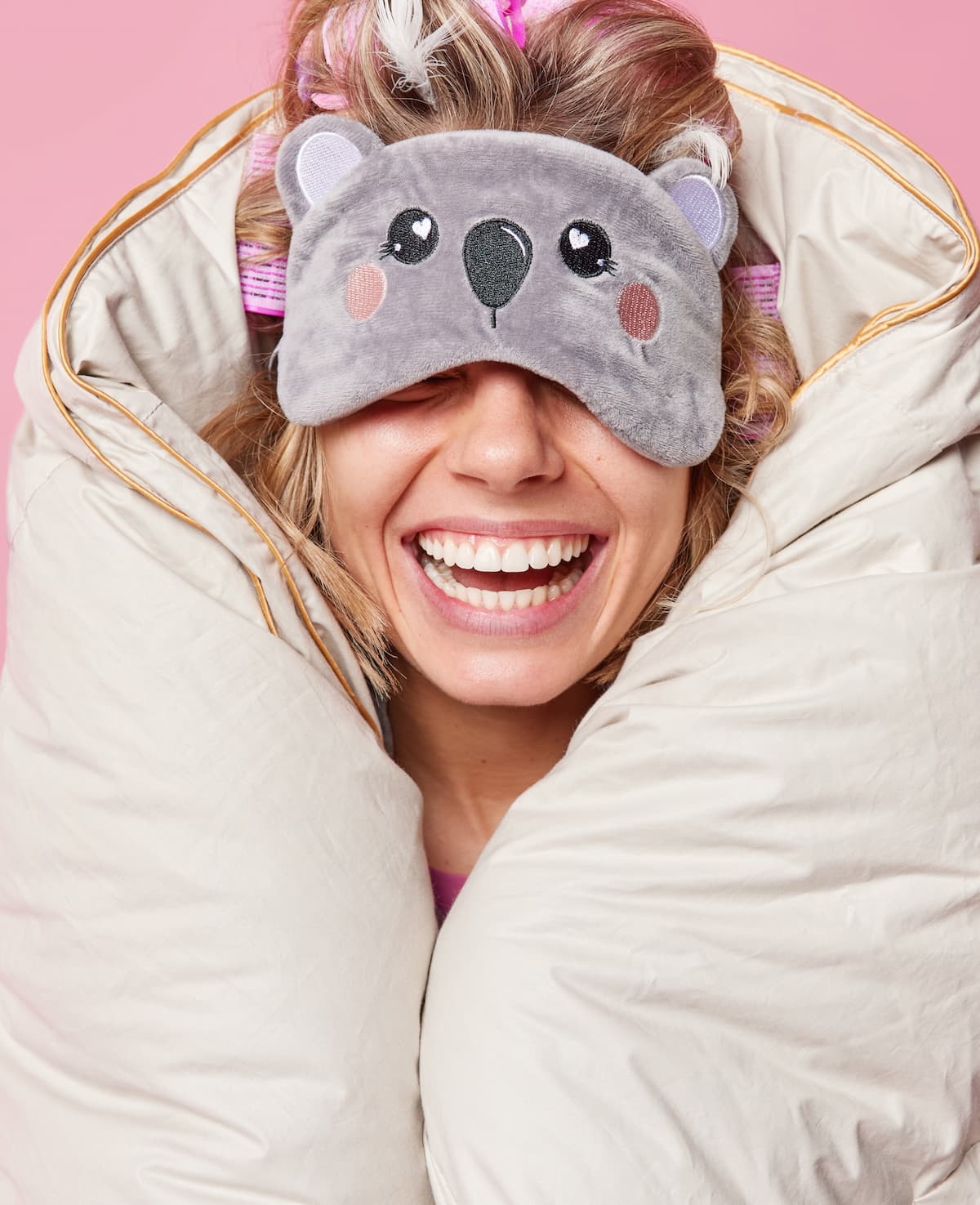
Change your Health and Your Life
HOW AIRWAY DENTISTRY CAN HELP
Put the pep back in your step!
Backed by research and thousands of results
Functional approach that treats the root cause
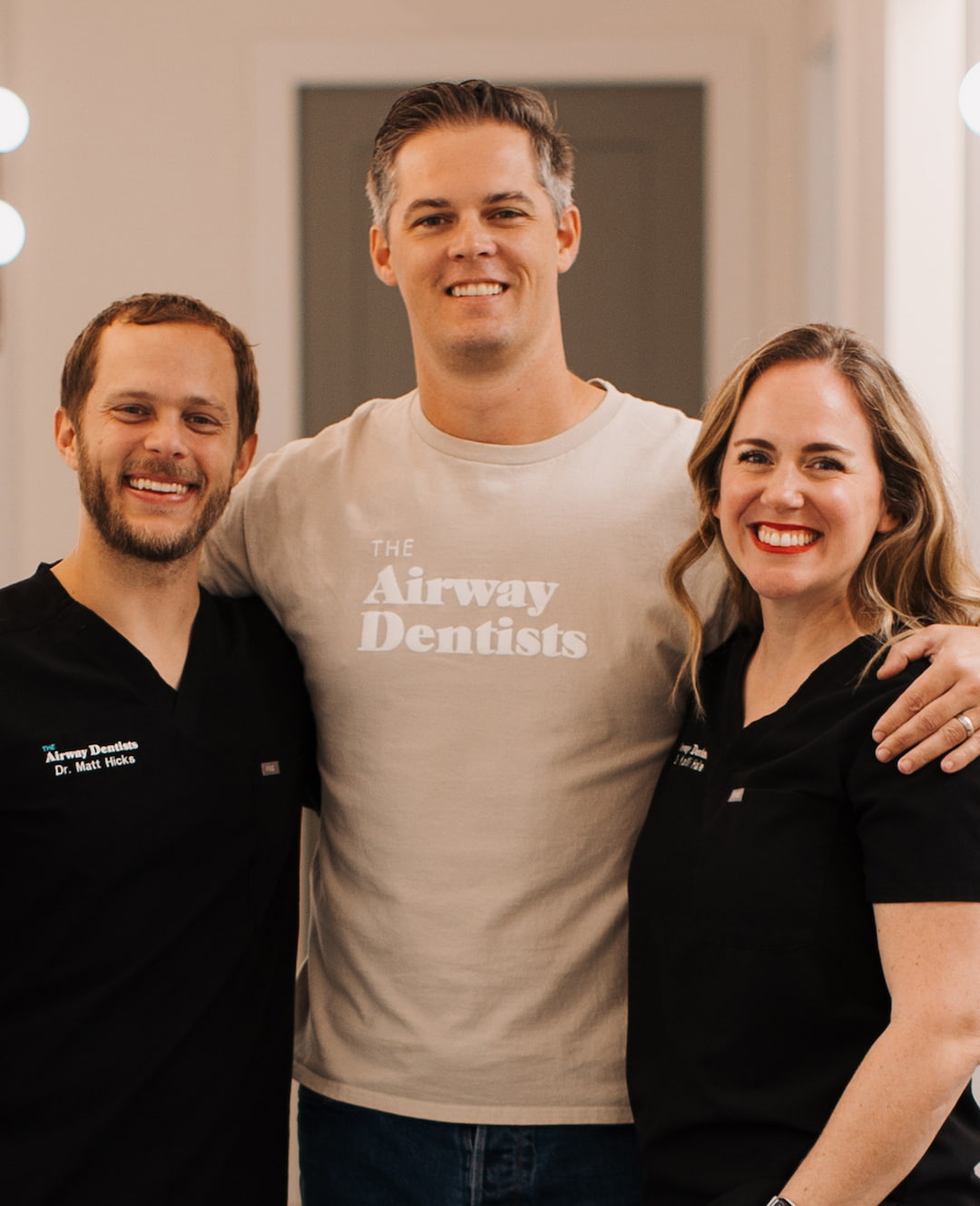
WHY CHOOSE THE AIRWAY DENTISTS?
We’re Leading the Revolution in Sleep Dentistry
Solving sleep mysteries with big-picture thinking
Our mission is to rid the world of Sleep-Disordered Breathing
We’ve been making big, broad, Texan smiles for a decade!
Your Treatment Options
solutions for sleep disordered breathing
Invisalign®
When a patient's sleep apnea is brought on by an orthodontic problem, such as a narrow arch and crowded teeth, Invisalign can be used to address sleep-disordered breathing. A patient may not have a wide enough upper arch to allow the tongue space to suction onto the roof of the mouth when sleeping, thus causing it to block the airway. Invisalign is a great tool for achieving both functional and aesthetic improvements. Patients wear a series of clear plastic aligners 22 hours a day until the end of treatment.
Mandibular Advancement Device
A mandibular advancement device is a custom-fitted oral appliance that moves the lower jaw and tongue forward while a patient sleeps. By doing so, it helps keep soft tissue from collapsing into the airway and blocking it at night. As the jaw and tongue move forward, the airway opens, lowering the resistance that causes snoring. This device is non-invasive, removable, comfortable, and easy to wear for years.
Adult Arch Expansion Therapy
A custom oral appliance designed to expand the upper and lower dental arches. Because the roof of the mouth is the floor of the nasal cavity, expanding the upper arch will increase the size of the nasal cavity to assist in nasal breathing and also provide more room for the tongue to properly rest on the roof of the mouth during the night.
Myofunctional Therapy
Myofunctional therapy is a form of physical therapy for the tongue and facial muscles, in order to reduce mouth breathing and promote healthy development. Your therapist will help to strengthen these muscles by teaching you exercises to engage the mouth muscles in the right positions. Following therapy, patients will experience improved speech and swallowing, increased nasal breathing, less pain, and better sleep.
Inspire™
Inspire™ is a hypoglossal nerve stimulator - in other words, a device that detects when you breathe and sends a tiny electrical jolt to your airway to keep it open as you inhale. While we don’t provide this treatment (an ENT would), our treatments can work in combination with Inspire to alleviate your symptoms.
CPAP
At the Airway Dentists, we have a friendly relationship with the CPAP. Some patients prefer to attack sleep apnea with all possible methods, including simultaneous use of an oral appliance and CPAP. We can help set this up. We also see patients who have either been unable to wear a CPAP, or are looking for a portable alternative to use when traveling. When patients for whatever reason would prefer a CPAP, we refer them to our trusted network of ENTs.
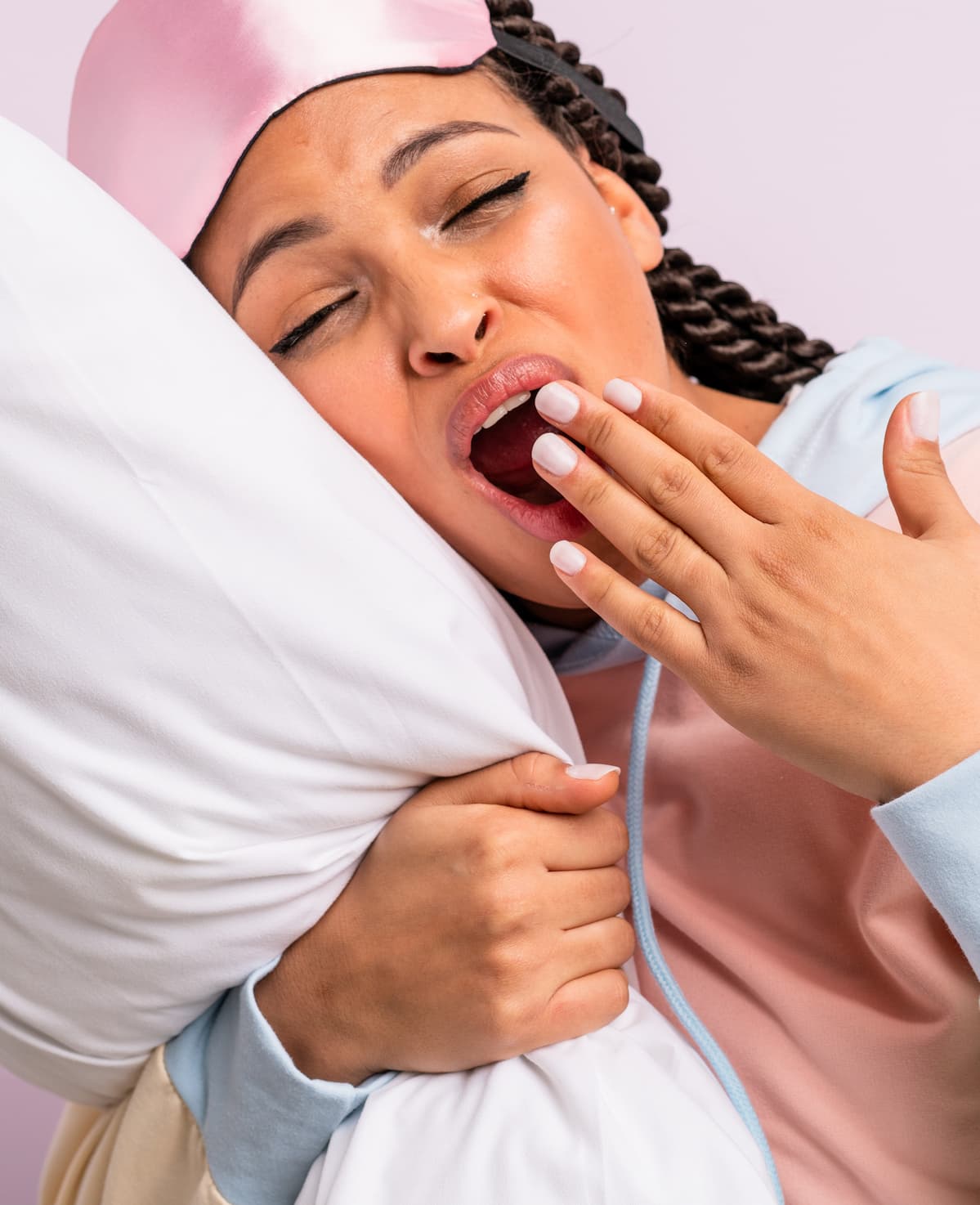
Sleep apnea can triple your risk of high blood pressure.* Interrupted breathing triggers a stress response that raises blood pressure and increases long-term health risks.
Treating the root cause of sleep apnea can help protect your heart and improve your overall health.
Your Journey to a Good Night’s Sleep
HOW IT WORKS
- Step 1:
Consultation & Assessment
Your journey begins with a one-on-one consultation, where we’ll discuss your health history, sleep concerns, and have you complete a personalized questionnaire. We’ll also capture 3d CBCT and intraoral imaging to get a full picture of your oral and airway health.
- Step 2:
At-Home Sleep Study
To understand how you’re breathing while you sleep, we’ll have you complete a convenient, at-home sleep study using a simple ring sensor. This gives us valuable insights into your sleep patterns in your natural environment.
- Step 3:
Personalized Treatment Plan
We’ll begin your custom treatment plan, which may include a mandibular advancement device (MAD), Invisalign, Vivos, and/or myofunctional therapy to optimize your breathing and support better sleep.
- Step 4:
Check-Ins and Adjustments
We’ll see you for regular in-office check-ins to monitor your progress and make any needed adjustments to your device or treatment plan.
- Final Step:
Celebrate Your Results! 🎉
Together, we’ll review your progress, measure improvements, and celebrate the positive changes in your sleep and overall well-being.
We’ll listen.We will look at the whole picture. We treat the root cause, not the symptoms. We won’t rest until you do.
our promise
Meet Your DoctorsQuestions About Airway Dentistry for Adults and Teens
solutions for sleep-disordered breathing
Sleep apnea occurs when a person repeatedly stops breathing while he or she sleeps. This leads to poor sleep and disrupts the body’s oxygen supply, both of which have tremendous negative effects on health. Sleep apnea comes in 3 primary forms:
OSA: Obstructive Sleep Apnea
This type of sleep apnea is the most common, and comes from the tongue and tissues blocking the airway during sleep.
CSA: Central Sleep Apnea
This uncommon type of sleep apnea happens when the breathing muscles receive no instructions from the brain, causing you to hold your breath while sleeping.
CSO: Syndrome of Complex Sleep Apnea
Also less common, this is a combination of OSA and CSA.
While snoring is a common symptom of sleep apnea, we perform a full diagnostic evaluation—sleep questionnaire, photo and 3D imaging, and at-home sleep study—before diagnosing.
When kids have all of their adult teeth, they are treated as adult dental patients 😉
Yes, though less than you might think. It can affect women,children, and people of all sizes.
We begin with a questionnaire, examining your dental and medical history to find associated conditions. At your first consultation, we’ll do a digital scan of your airway, bite, and take photos of your tissues to determine your risk. The final diagnostic tool is an at-home sleep study using a sensor ring (see below).
Our sleep study is a ring that you’ll wear at home for three nights. This ring provides comparable data to what you would receive at an overnight sleep clinic. Our tests are read and verified by a sleep physician, who will provide your medical diagnosis. Based on your diagnosis, we’ll prepare a comprehensive plan to address the symptoms and the cause.
Clean & Modern Offices, Conveniently located in Sugar Land and Friendswood
VISIT US IN GREATER HOUSTON
